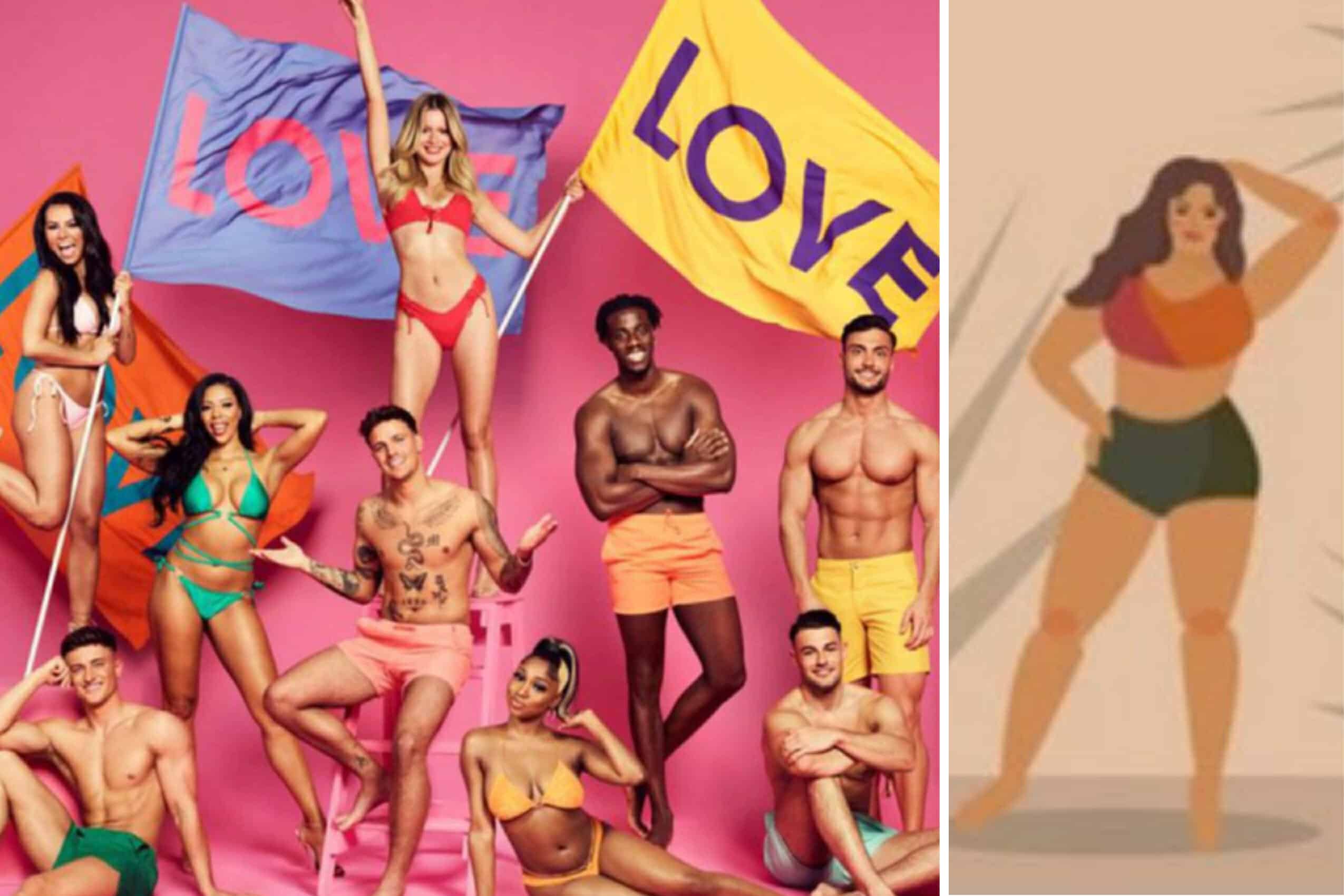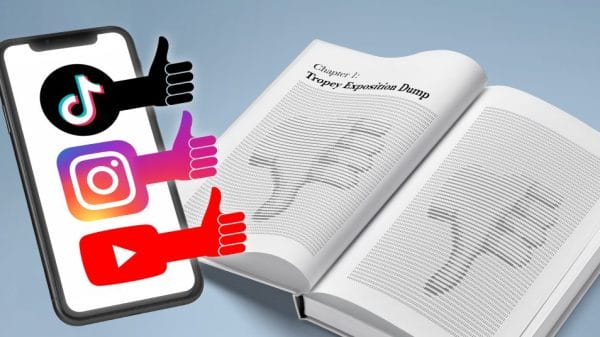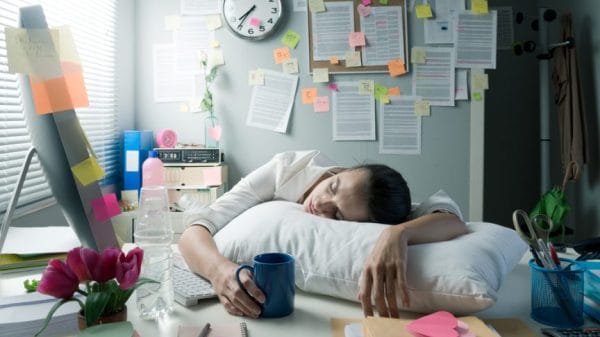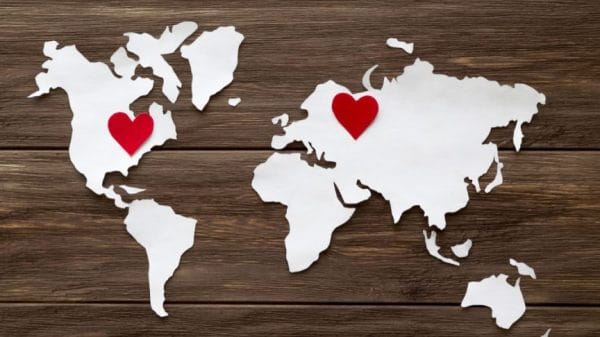Love Island, Love Is Blind and other offenders fall into a list of shows which contribute to plus-sized stigma, leaving viewers without the representation they wish to see.
For years now, there have been calls to include a more diverse range of body types on reality tv shows, with every new season released of our favourite guilty pleasures proving fruitless. We continue to only see smaller individuals take part, both female and male. And if the outcry on social media is anything to go by, viewers want to see some real change.
The latest season of Love Island only started earlier this week, so far featuring 13 islanders, and whilst producers have been praised for including the first-ever deaf contestant this year, even that hasn’t come without its technicalities after audiences slammed the unavailability of subtitles. There’s still a long way to go regarding inclusivity, as many have pointed out, with the current line-up essentially being a carbon copy of what we have seen in previous series.
There’s no denying that Gen Z are one of the most impressionable groups of people, especially when we take into account the likes of online sources such as social media, so Love Island too has influenced them, but is it instilling negative mindsets regarding body positivity? This generation is also known to be the most insecure about themselves, so when they are exposed to (what is regarded to be) the desired body type parading around on tv screens wearing as little as possible, it’s understandable that they feel uncomfortable knowing they don’t look like that. But with the average UK dress size sitting at a size 16 for women, only a small percentage of the population do have similar aesthetics. So is reality tv really fatphobic?
What Is Fatphobia?
Dubbed as the anti-fat mindset, fatphobia is the bias held against plus-sized individuals, leading to a heap of different negative outcomes. Fatphobia appears primarily online, shown through hate comments left on body-positive accounts or in this case, exclusion from appearing on TV shows. Love Is Blind was called out earlier this year for ‘fat-baiting’, where a handful of bigger contestants were shown briefly in a preview but didn’t receive even a fraction of the thinner individuals taking part in the experiment alongside them.
And whilst there are always people who argue something isn’t real, fatphobia has been shown to be a real issue in the media, tainting our views with agenda-fuelled propaganda surrounding the topic. Back in 2019, Love Island season 5 enticed fans by labelling one of its starting contestants, Anna Vakili, as plus-sized due to her hourglass figure, despite the fact she was merely a size 10-12. Similarly, the show came under fire the year prior to Anna’s entrance, with Alexandra Cane dubbed a ‘curvier’ body type than what is usually shown on the show, when she was only a size 10.
The omission of bigger bodies is clearly an issue, but so too is lying to viewers by claiming someone who remains below the average UK size is, in fact plus-sized. This affects viewers’ confidence and can lead to serious problems such as eating disorders with the belief that they need to be smaller than what they are to avoid such labels. TV giants, however, don’t see this as a real problem within society, with the stigma faced simply being pushed aside in order to produce sexy, lustful shows that they argue are more aesthetically pleasing than model-like figures.
View this post on Instagram
So what is there to do about it? Well, not a whole deal can be done to increase plus-size individuals’ appearances on TV as that decision lies with roles such as a casting director. However, there needs to be heightened awareness that those figures we see on TV are mostly unachievable, with many reality tv stars being chosen to appear on such shows due to their slim statures, when in reality, the bodies we see in everyday life are normal, and there should never be bias against anyone or any body type. Don’t fall into the trap of believing you have to look a certain way simply because that is the example you see on your screen.













